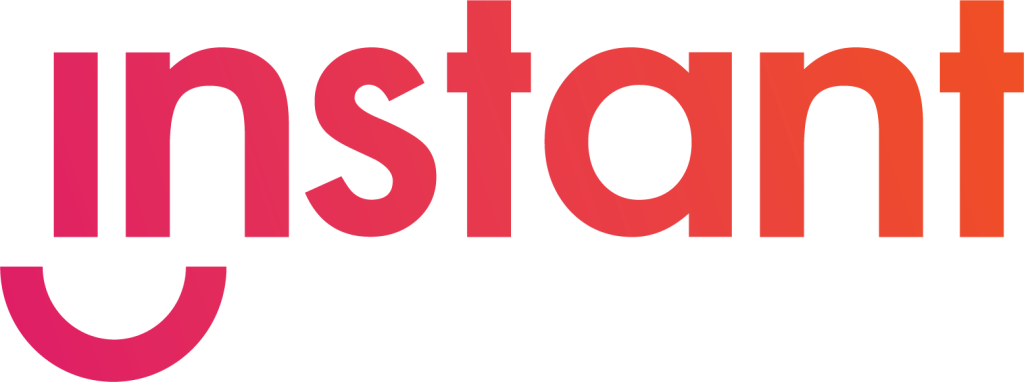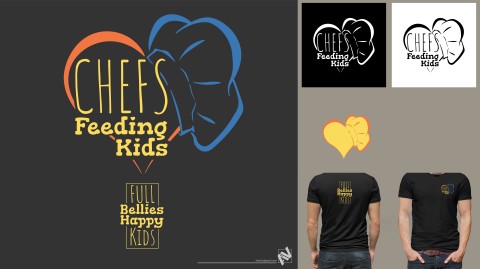The food service industry is expected to continue growing with 200,000 jobs projected to be added by the end of 2024, bringing employment to 15.7 million. What is the main driver of this growth? Teenagers and young adults, whose participation in the industry workforce has been steadily rising since the pandemic.
The industry has experienced its fair share of labor challenges in the past few years, including staffing shortages, high quit & turnover rates, and rising employee expectations. For example, at an average turnover rate of 75% in 2023, 62% of restaurants did not have enough employees to meet customer demand and 79% had difficulty filling job openings. As a result of these challenges, restaurants around the country are re-evaluating their benefits and pay structures in order to stand out in an increasingly competitive job market.
One popular solution restaurants are implementing is earned wage access (EWA), an employee benefit that provides employees with the option to receive a portion of their earned wages immediately after completing a shift. The benefits of EWA include increased employee engagement, satisfaction, and retention, as well as a leg up in the job market, as 79% of workers say they would be more interested in applying for a job that offers EWA. Further, EWA can save organizations up to $1 million annually.
Unfortunately, EWA is not always accessible to every worker. For example, teenagers are a large part of the industry’s growth and are already making up 25% of restaurant workers. Yet, some EWA products are unable to extend the benefit to underaged workers due to restrictions within their onboarding processes.
Earned Wage Access for Underaged Workers
Gen Z, which includes individuals aged 12-27, has expressed more interest in flexible payment options than any other generation – 87% of Gen Z reported they would be more interested in applying for a job that offers EWA. This percentage may be tied to higher rates of financial insecurity, as Gen Z experiences financial insecurity 70% more than other generations, as well as generally higher employer expectations among other demographics.
Despite the large number of underaged Gen Z workers within the food service industry, traditional financial tools often exclude them, hindering their ability to build financial security and independence. Financial wellness tools and resources should be available to all employees, regardless of situation or circumstance.
To offer earned wage access, providers can go about a number of different ways of verifying the age of their users – via Customer Identification Programs (CIP) or verification through an employer. Here’s the problem – because the majority of EWA providers work directly with employees, they are unable to verify the identity of employees who are under 18 years old.
However, by working directly with employers to provide early access to wages, a few EWA providers don’t run into this issue. As such, all workers are able to get their identities verified through alternative options via their employer, like their W2 form or their I9.
When evaluating an EWA program, it’s vital to choose a provider that offers pay access without restrictions – EWA to all employees, regardless of their age. As a result, restaurants can boost their talent acquisition efforts among younger workers while also improving the loyalty, retention, and satisfaction of their existing employees. In doing so, they are able to meet the unique needs of their underaged employees – a group that is driving the growth and future of the industry as a whole.
Author
Tal Clark is the Chief Executive Officer at Instant Financial, where he leads the organizational strategy behind the industry’s leading responsible earned wage access solution. Previous to working at Instant, Clark worked at Money Network as a member of the prepaid card team. In 2008, First Data bought Money Network; from there he continued his career at First Data in various leadership roles through 2018.








